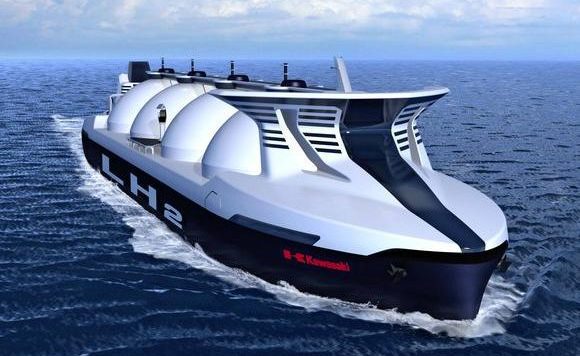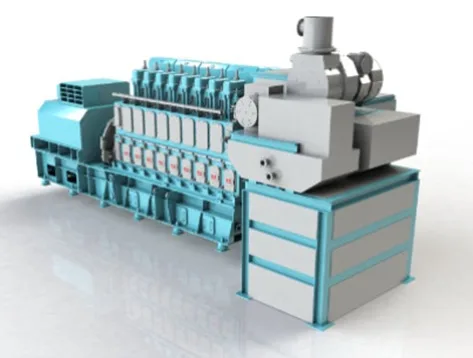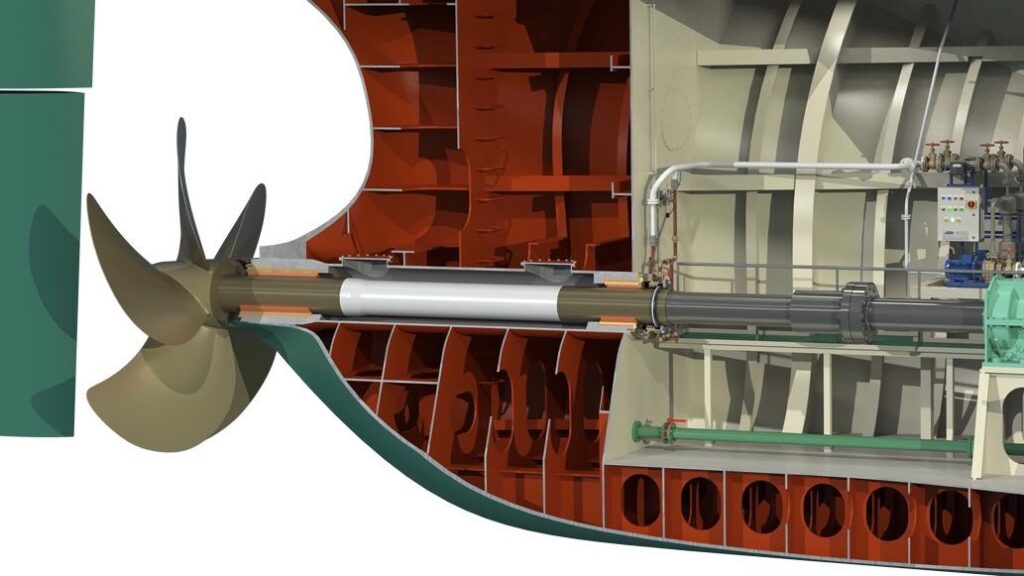28 November 2024
Dual Fuel engine using hydrogen gas as fuel

ClassNK has issued an Approval in Principle (AiP) for a dual fuel generator engine using hydrogen gas as fuel and related machinery systems and arrangements. Particularly, for a 160,000m3 liquefied hydrogen carrier developed by Kawasaki Heavy Industries, Ltd. (KHI). This marks ClassNK’s first AiP for a dual fuel generator engine using hydrogen gas as fuel.
Concept
As hydrogen is expectedly taking place as a clean energy source to realize a decarbonized society, ClassNK has worked on the establishment of necessary standards and certification to contribute to its maritime transportation and marine fuel use. For the 160,000m3 liquefied hydrogen carrier developed by KHI, ClassNK has so far issued AiPs. Specifically, for its integrated design as well as its Cargo Containment System (CCS), Cargo Handling Systems (CHS), and dual fuel main boilers that use hydrogen boil-off gas as fuel.
In the latest examination, class carried out the design review of the dual fuel engines using hydrogen gas as fuel. Along with related machinery systems and arrangements they based on Part N of Rules for the Survey and Construction of Steel Ships. Hence, incorporating the IGC Code, and its Guidelines for Liquefied Hydrogen Carriers incorporating the IMO’s interim recommendations for Carriage of Liquefied Hydrogen in Bulk. In addition, a comprehensive safety assessment conducted based on the HAZID risk assessment results. Note that, this has led to the issuance of the AiP.
According to KHI, the dual fuel generator engine is capable of switching between hydrogen and low-sulfur fuel oil flexibly. Note that, when hydrogen fuel kicks in, there is boil-off gas naturally evaporating from the ship’s liquefied hydrogen cargo tanks. This acts as the main fuel at a calorie-based mixed ratio of 95% or higher. Thus, generate and supply the electricity inboard which will expectedly reduce greenhouse gas emissions from the ship significantly.
Classification societies are actively continuing to take part in advanced initiatives toward decarbonization. Moreover, supporting the decarbonization of the entire maritime industry by incorporating the knowledge gained through collaboration with front runners into rules and guidelines.

What is AiP?
Consider the initial stage of designing or before the specific target ship etc. to be implemented is decided. Then the design is examined based on the existing regulations such as international treaties and ship classification rules. Therefore, an Approval in Principle (AiP) is issued as proof of conformity with requirements. It also prevents rework of regulatory aspects in the post-process, shortens the examination time at the time of class registration, and can act as a technical basis for the external appeal of the design status
Source: Class NK
See Also

Seawater lubricated shaft line to reduce emissions
The shipping industry has to get rid of the oil-lubricated shaft line and replace it with one lubricated by seawater.


